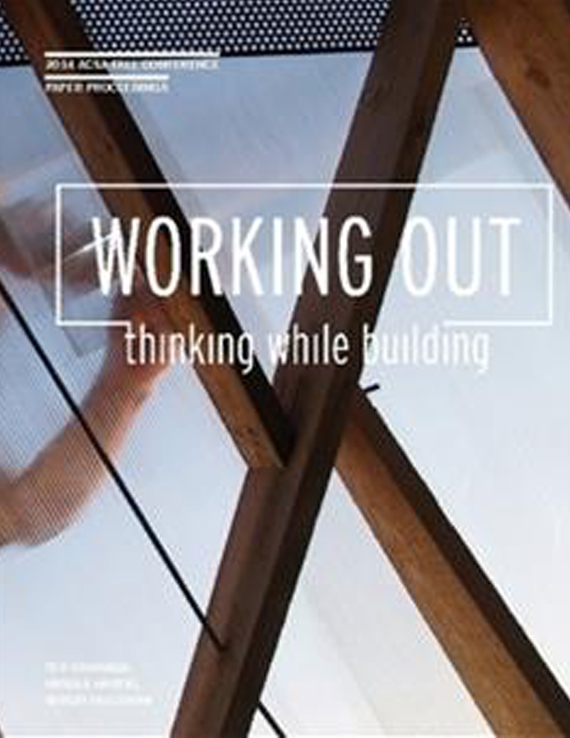Author(s): Steven Van Dessel & Tahar El-Korchi
Embedding design-build components into the curriculum of architectural and engineering educational programs can nurture a multitude of skills beneficial to future architects and engineers. This paper compares two recently completed academic design-build projects for research intensive net-zero-energy housing. In addition to illustrating project architectural and engineering features, we explain how some of the contextual differences affected project development and delivery. The first project involved a student driven design-build project whereby faculty members served as advisors to the project. The second project involved a faculty driven design-build project whereby students served in an apprentice role to the project. The advantages and disadvantages of both approaches are discussed and related to the differences in the educational frameworks and programs of the partner universities in Europe and the USA. The deliberate experimental nature of the net-zero-energy housing projects included components that required research and international collaboration between various partners and disciplines, including architecture, civil, mechanical, electrical, and architectural engineering. The projects also included marketing and outreach activities. An overview is provided of the various hurdles encountered during these collaborations, which included constraints of preset academic schedules and curricular outcomes, and how the project tasks became integrated into the curriculum to cope with these challenges. Successes and failures of curricular integration are discussed, and mirrored against faculty academic loads and scholarly expectations. Both projects required substantial outreach and fundraising which, due to the different location of the partner universities, resulted in different strategies and outcomes. Engaging external stakeholders, such as trade schools and other community partners, was one of the more positive and surprising outcomes. We discuss the effect of the two design-build projects on the future career paths of some of the key students, including their short term post-graduation plans. The paper concludes with a description of future efforts to embed a design-build curricular component in a newly established architectural engineering program. The “architectural engineering project center” is discussed as a means to integrate an apprentice type education and research component into a more technically focused architectural engineering curriculum.
Volume Editors
Sergio Palleroni, Ted Cavanagh & Ursula Hartig
ISBN
978-0-935502-94-7

 Study Architecture
Study Architecture  ProPEL
ProPEL 
